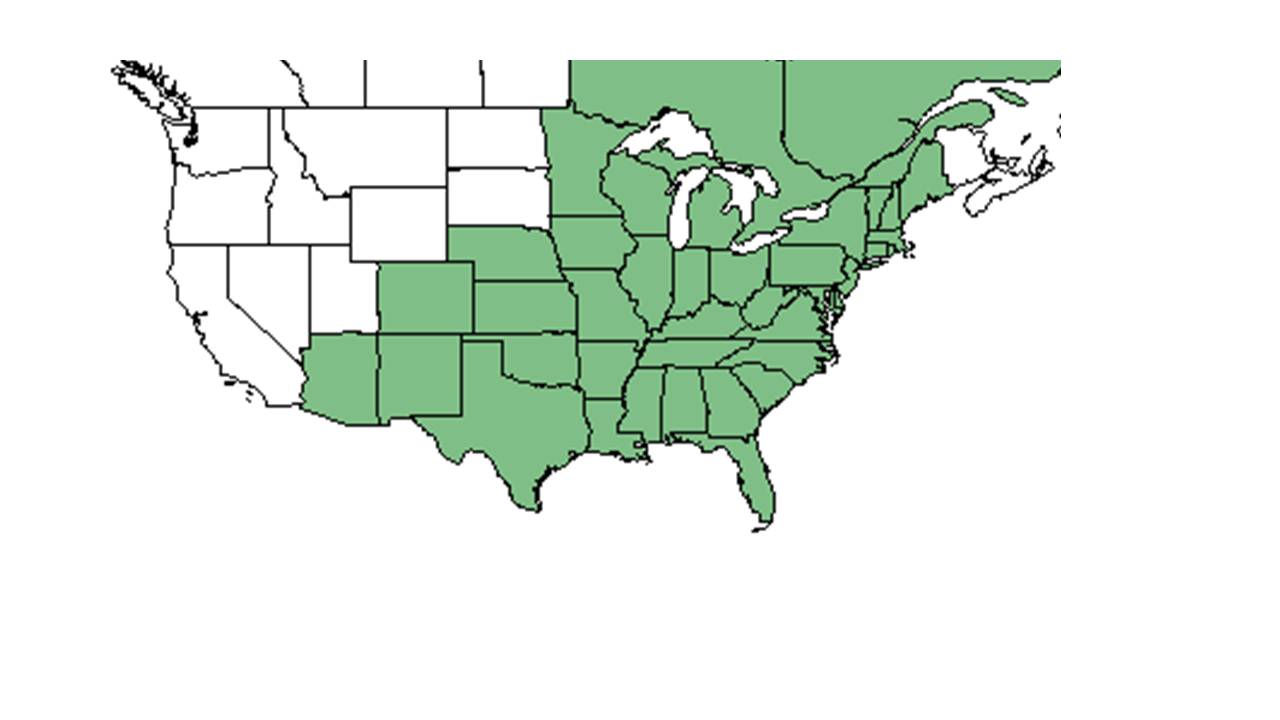Difference between revisions of "Asplenium platyneuron"
(→Description) |
|||
| Line 24: | Line 24: | ||
==Ecology== | ==Ecology== | ||
===Habitat=== <!--Natural communities, human disturbed habitats, topography, hydrology, soils, light, fire regime requirements for removal of competition, etc.--> | ===Habitat=== <!--Natural communities, human disturbed habitats, topography, hydrology, soils, light, fire regime requirements for removal of competition, etc.--> | ||
| + | |||
| + | This species has been found growing in swamps, marshes, crotches of hardwood trees, and savannahs (FSU Herbarium). It also grows in disturbed areas such as fallow fields and near field edges (FSU Herbarium). It does well in moist, loamy sand in fully shaded environments to areas of full sunlight (Fsu Herbarium). | ||
| + | |||
===Phenology=== <!--Timing off flowering, fruiting, seed dispersal, and environmental triggers. Cite PanFlora website if appropriate: http://www.gilnelson.com/PanFlora/ --> | ===Phenology=== <!--Timing off flowering, fruiting, seed dispersal, and environmental triggers. Cite PanFlora website if appropriate: http://www.gilnelson.com/PanFlora/ --> | ||
===Seed dispersal=== | ===Seed dispersal=== | ||
Revision as of 13:51, 9 July 2015
| Asplenium platyneuron | |
|---|---|

| |
| photo by Gil Nelson | |
| Scientific classification | |
| Kingdom: | Plantae |
| Division: | Pteridophyta - Ferns |
| Class: | Filicopsida |
| Order: | Polypodiales |
| Family: | Acanthaceae |
| Genus: | Asplenium |
| Species: | A. platyneuron |
| Binomial name | |
| Asplenium platyneuron (L.) Britton, Sterns & Poggenb. | |

| |
| Natural range of Asplenium platyneuron from USDA NRCS Plants Database. | |
Contents
Description
Common Name: Ebony Spleenwort
Distribution
Ecology
Habitat
This species has been found growing in swamps, marshes, crotches of hardwood trees, and savannahs (FSU Herbarium). It also grows in disturbed areas such as fallow fields and near field edges (FSU Herbarium). It does well in moist, loamy sand in fully shaded environments to areas of full sunlight (Fsu Herbarium).